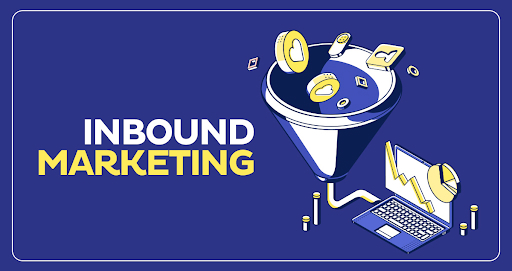Don't miss interesting news

Outbound marketing, also known as outbound or “traditional” marketing, is when a company or its representative initiates contact with potential customers by sending them their message directly.

Outbound marketing includes the following types of advertising:
Despite the fact that flyers and mailings are associated with the past, outbound marketing has its own niches and audiences. For example, fitness clubs and spas still advertise on billboards. Developers also use this method to promote real estate. If you commute from the suburbs of the Kyiv region to work, you’ve probably noticed such ads.
Cars and apartments continue to be sold through newspapers. This is not so much due to the niche as to the age of the audience: these are mostly people aged 55-65 and older. If your target audience belongs to this category, you shouldn’t neglect outbound marketing, because it can be useful.

The term “audience” has not been defined yet, as there is no segmentation. It is impossible to ensure that only men see an advertising banner over the road and women ignore it (in online marketing, it is possible). Essentially, you are shooting in the dark, hoping to get a hit.

Don’t mind our sarcasm: at the time of publication, some Kyiv skyscrapers have huge illuminated banners advertising online casinos. If it works, it means it is necessary.
Now let’s turn to modern methods of customer acquisition – inbound marketing.

Inbound marketing is a strategy that focuses on attracting new customers by providing them with useful and relevant content. Unlike outbound marketing, where the company itself is looking for opportunities to contact potential customers, inbound marketing attracts people who are already interested in a product or service.
When it comes to inbound marketing, it most often refers to the promotion of brands via the Internet.
The main tasks of inbound marketing:
In general, this is exactly what arbitrageurs value and receive their rewards for.
Inbound marketing is based on accurate segmentation. If you or your targeting specialist set up your audience correctly, your ads will reach exactly the people who need your products or services.
In addition, you have the ability to quickly make changes to ads that don’t work or correct errors in real time.
Customers and everyone else have access to almost any brand information.
This is especially true for reviews. If earlier, by signing a contract with a dubious real estate agency, you could fall into a trap, now even the slightest mistakes can lead to negative reviews on the Internet that will remain forever.
Inbound marketing meets the existing needs of customers, unlike old sales methods, where the product was imposed even on those who did not need it.
Ethical questions about creating needs are left for experts in political economy.
Social media advertising is more trustworthy than random postcards. You are already “warmed up” and receive useful information that helps to solve your problems.
Social media and forums allow customers to share their opinions about products. Customers can read comments, ask questions, get answers, and make informed purchasing decisions.
Depending on the value of the product, the time to make a decision can vary from seconds to days.